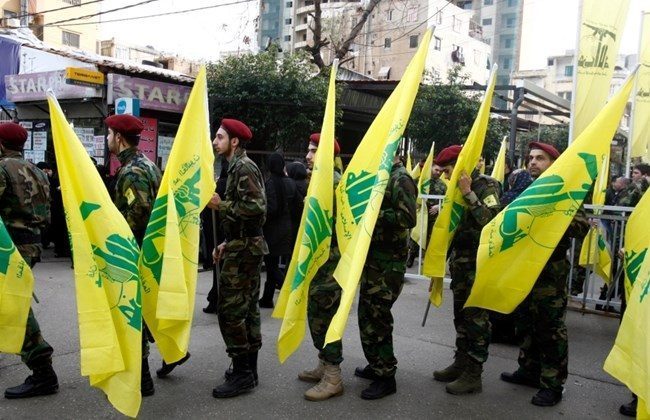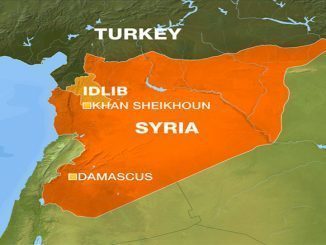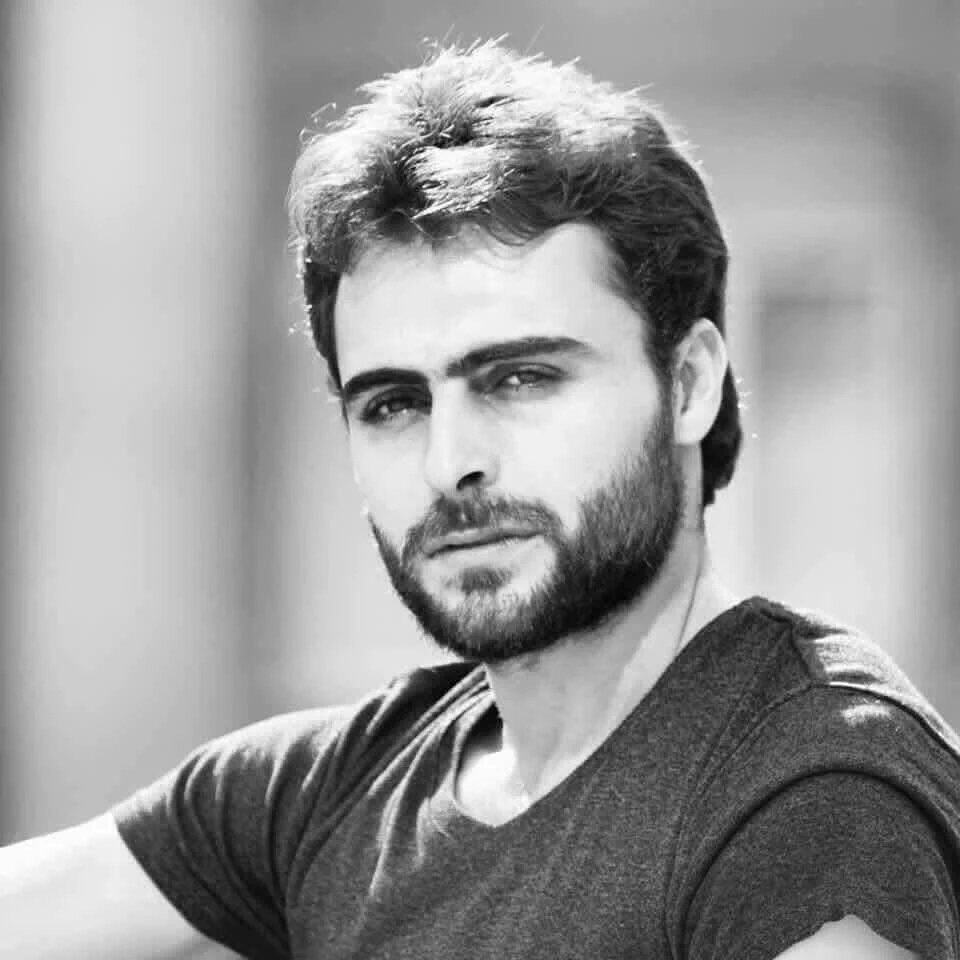
He is mourned and remembered far beyond Syria and the modest patch of earth where he now rests. The death of Syrian citizen journalist Khaled al-Essa has raised further questions about the risks facing journalists and media activists covering the conflict in Syria.
Essa, 24, from Kafranbel in the northern Idlib countryside, had become one of the most recognisable faces among the Syrian activists and journalists still working inside the country, bringing images of the aftermath of air strikes on civilian areas to the outside world.
On June 16, Essa, and fellow citizen journalist Hadi al-Abdullah, were critically wounded in an apparent assassination attempt in Aleppo. The bombing, reportedly caused by an improvised explosive device (IED) left just outside Abdullah’s home in a rebel-held part of the city, came just days after both activists were injured in a barrel bomb attack on Aleppo’s Jisr al-Haj, where the two were reporting.
Bloodied and bandaged, Essa and Abdullah were photographed back at work the next day although they were said to be in a critical condition following the IED attack. Essa was taken to Turkey for emergency treatment.
Activists had been working to get Essa out of Turkey so that he could receive life-saving treatment in Germany. On Friday, the German Foreign Ministry reportedly secured Essa a visa. However, it came too late.
He succumbed to his injuries shortly after 11pm that night.
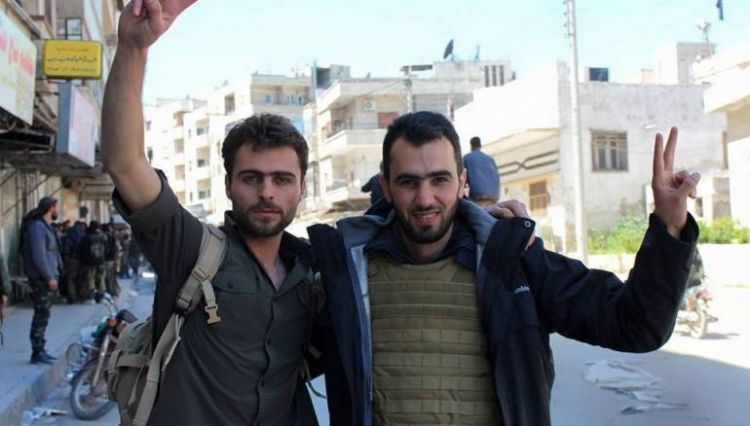
Dedicated his life to showing the truth
In a Facebook status published on his page on Saturday, Abdullah – who is still recovering in hospital – mourned the loss of his friend and colleague. “What do I do now?” he wrote. “Come on Khaled, my soul waits for your soul.”
“Khaled was no doubt extremely courageous; he dedicated his life to wanting to show what was happening in his country,” said Yasmin al-Tellawy, a journalist often working inside Syria.
“But he was gentle, kind-hearted and emotional under all the laughter. He cared deeply,” Tellawy, who was also a close friend of Essa, told Al Jazeera.
Several activists celebrated Essa’s work following the news of his death. “Without Khaled; many insights into the brutality of the Assad [regime] would not have been possible,” wrote Palestinian-Syrian activist and blogger Salim Salamah.
“Without him, as well, many insights into the beauty of Syrians and their resistance would not have been possible.”
There is now mounting speculation about who was responsible for the IED that ultimately killed Essa. Several reports have placed the blame on al-Nusra Front, al-Qaeda’s Syrian affiliate – not least because it previously cracked down on an activist-media centre in Essa’s hometown, where he used to work alongside Abdullah and well-known Syrian rights activist Raed Fares.
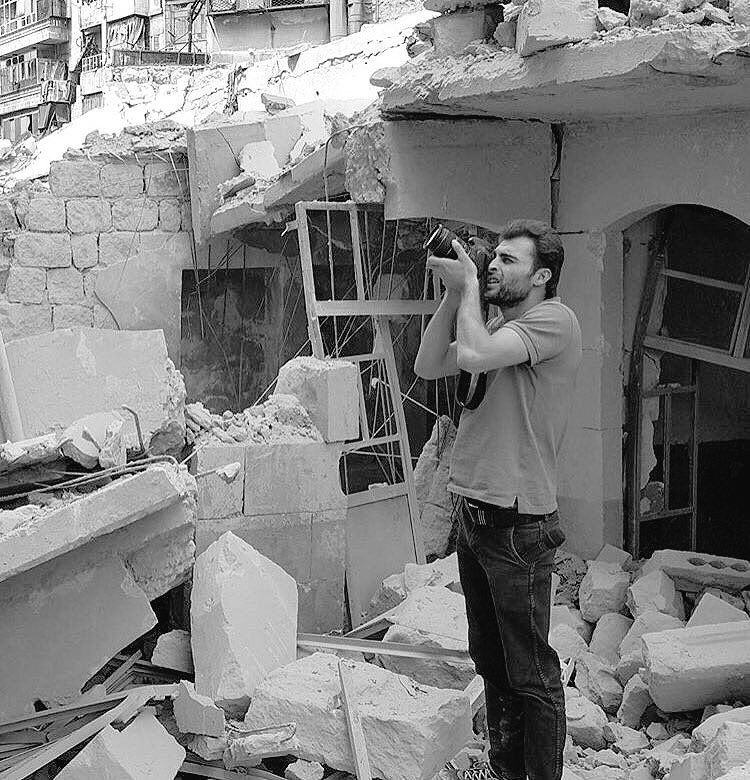
Journalists are the targets
Essa is the latest casualty in Syria’s long list of journalists murdered or killed during the course of their work, underlining the perilous conditions for media following the outbreak and later weaponisation of the 2011 uprising against the regime of President Bashar al-Assad.
Alexandra El Khazen, head of the Middle East desk at Reporters Without Borders, told Al Jazeera that both Essa and Abdullah “represent the rare journalists and media workers who still actively cover the conflict in the country, despite the great danger for their lives”
“Essa’s death only confirms the fact that Syria remains one of the world’s deadliest countries for journalists. Journalists and media activists can be easily hit while covering the conflict or the Syrian daily life, or be the target of an assassination,” Khazen said.
He added that reporters face violence and reprisals from government forces, armed opposition groups such as al-Nusra Front and the Islamic State group (ISIS)
According to the Committee to Protect Journalists (CPJ), a media watchdog,107 journalists and media workers have been killed in Syria since 2011.
During 2016, two journalists have been killed in Syria – photojournalist Osama Jumaawas killed in Aleppo on June 5 while reporting on the rescue of civilians following a regime bombardment; Daraya-based journalist and media activist Majid Diraani was also killed in February while filming a bombardment on the regime-besieged area just south of Damascus. Both were killed by pro-government forces.
At the same time, many more media activists – citizens, journalists and activists armed with camera phones, video cameras and social media – have been killed.
A report released by the Syrian Network for Human Rights (SNHR), a monitoring group, found that 463 media activists had been killed either by regime forces or armed groups. Another 1,027 media workers had been arrested or abducted between March 2011 and April 2015. The SNHR distinguished citizen journalists from journalists as someone “playing an important role in the transfer and dissemination of news, [who] is not necessarily a neutral person”.
The moment a citizen journalist takes up arms or becomes directly involved in combat operations, they are no longer classified as a citizen journalist or media activist, SNHR added.
And while the Syrian regime remains, according to the report, by far and away “the top killer” of journalists, rebel factions often harass, detain or kill media personnel as well.
Al-Jazeera


